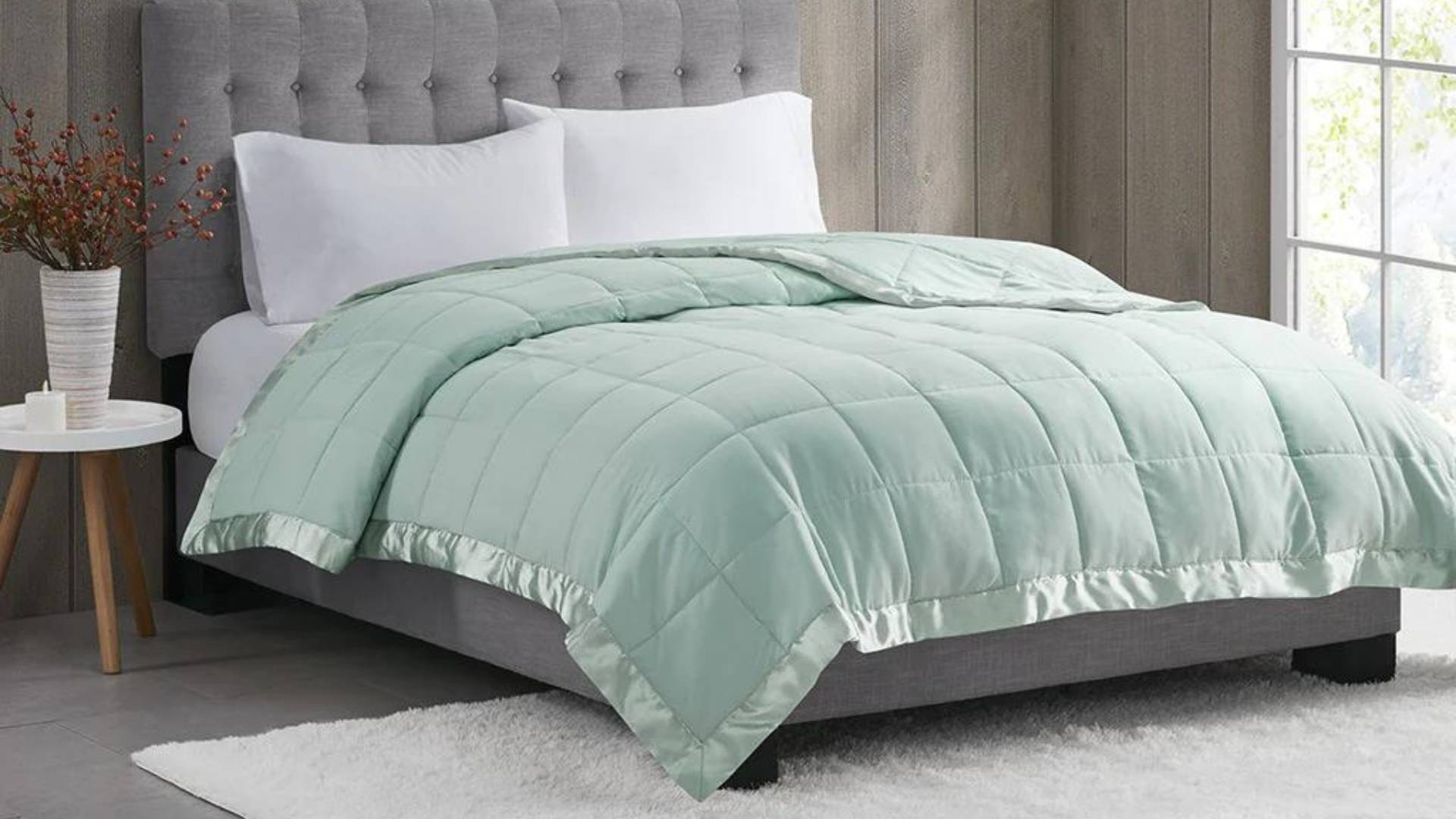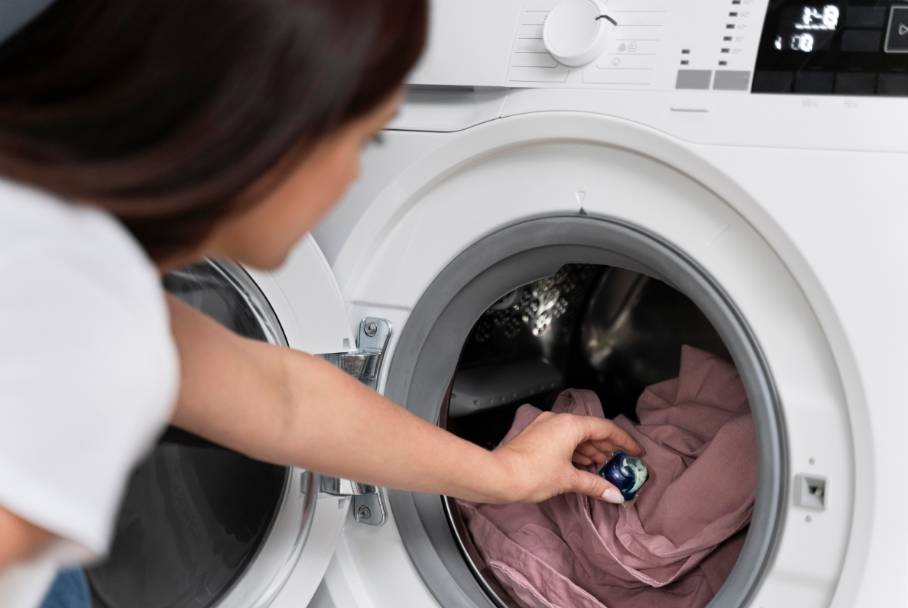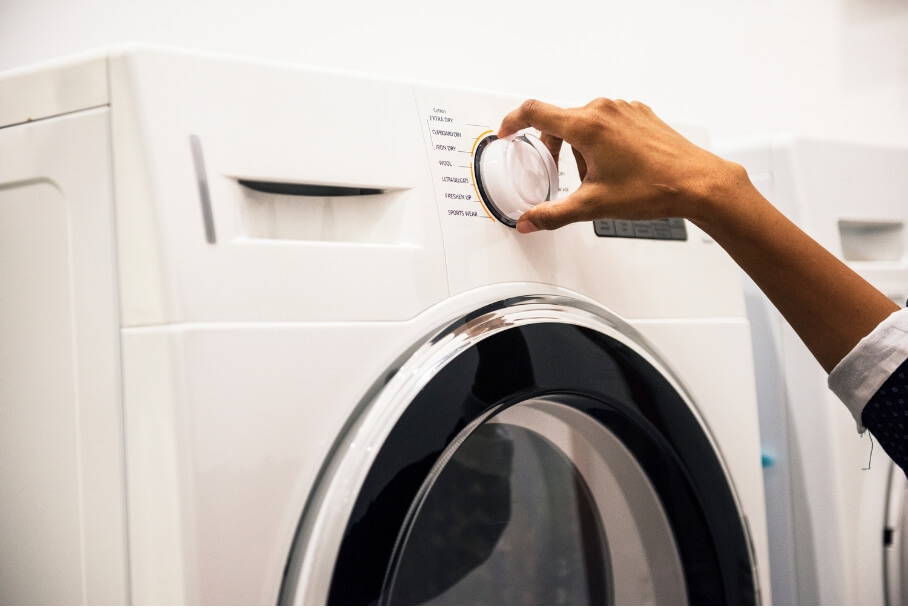Get The Best Christmas Gift! Save Up To 60% Off!

Weighted blankets have surged in popularity over the last few years as people discover their therapeutic benefits for conditions like anxiety, insomnia, and restless leg syndrome. The gentle pressure from the added weight of weighted blankets can have a calming effect and improve sleep. As weighted blankets grow in use, proper care is essential to keep them clean and well-functioning, especially when it comes to understanding the right way to clean a weighted blanket. Follow this guide to learn the key steps for successfully washing your weighted blanket.
Weighted blankets have become an increasingly common household item due to their many benefits. The distributed weight applied by these heavy blankets helps trigger the release of neurotransmitters like serotonin and dopamine, bringing a sense of calm and relaxation. For people suffering from anxiety, autism, ADHD, insomnia, and more, weighted blankets can be an effective non-drug treatment.
With the growing reliance on these therapeutic blankets, proper cleaning and care is crucial. However, unlike regular blankets, weighted blankets require special handling to wash them safely and prevent damage. It's important to follow the manufacturer's care instructions is vital when you learn how to wash your blanket by hand or machine. closely as the washing method can vary based on the materials used in crafting a detailed guide on how to wash your blanket properly. This guide will walk through the key considerations and best practices for washing machine washable weighted blankets so you can keep yours clean and functioning for years of cozy comfort, illustrating the need to wash your blanket as per the given guidelines.
Subscribe
To join our mailing list and never miss a silk update!
Before learning how to clean your weighted blanket, it helps to understand what makes them unique. Weighted blankets are different from regular blankets because they contain additional weight to provide pressure stimulation to the body. This added weight usually comes from inserting materials like plastic poly pellets or glass, which may require specific care instructions, including how to rinse the blanket without damaging it. beads into the blanket.
The outer part of the blanket is typically made of soft, flexible materials like cotton, fleece, minky or textured polyester. The inner fill material is divided into small pockets evenly spread throughout the entire blanket to distribute the weight. This design detail is critical when looking to wash your blanket. The most common weights range from 5 to 30 pounds.
When it comes to cleaning, the external fabric and the type of internal fill both impact the washing method. Fabrics like cotton and fleece can usually be machine-washed and dried. But with synthetic fabrics or plastic pellet fillings, hand washing or dry cleaning may be required, indicating the special care needed to wash your blanket. Always start by checking the manufacturer's instructions, which often include tips on how to wash your blanket effectively. care instructions from the manufacturer, who may recommend specific techniques to wash or dry a weighted blanket.
Before tossing your weighted blanket in the washing machine or sink, there are a few key things to keep in mind:
Check the manufacturer's instructions - This is the most critical step, as washing methods can vary widely depending on the materials. Look for specific directions related to washing, drying, and fabric care.
Consider using a duvet cover - Putting your weighted blanket inside a removable duvet cover allows you to wash the cover more frequently without needing to clean the entire blanket as often.
Try spot cleaning - For small spills or stains, use a damp cloth with mild detergent to spot-clean the affected area. This can prolong the time between full washes.
Check for colorfastness - Test colored blankets for color bleeding by rubbing a hidden area with a wet paper towel. If dye transfers, wash in cold water and avoid bleach.
Following the manufacturer's recommendations is always the safest bet for keeping your weighted blanket in great condition, especially when you need to wash or dry a weighted blanket. Now let's look at the specifics of washing weighted blankets by machine and by hand.
How you clean your weighted blanket will depend on the fabric, filling, and, most importantly, the instructions from the manufacturer on how to properly wash a weighted blanket. Here are the typical steps to follow for both machine and hand washing methods.

For machine-washable weighted blankets, here is the best process to follow:
Select a gentle, cold wash cycle. Never use hot water, as this can damage the internal fill. Warm water is okay if specified by the manufacturer.
Use a mild, high-efficiency (HE) laundry detergent. Standard detergents may create too many suds.
Do not add any bleach, fabric softener, or dryer sheets as these may damage the fabric or filling.
For washing machines without an agitator, set the machine to gently tumble and roll the blanket. Avoid high spin speeds which could rip seams.
For top-loading washers, consider placing the blanket in a large mesh laundry bag for extra protection during the wash and spin cycles.
Air dry the blanket completely if possible. Machine drying can be done on low or medium heat if drying fully by air isn't feasible.
For blankets heavier than your washer's capacity, look for a commercial laundromat with large-capacity industrial washers.
Following these steps will allow you to safely wash your weighted blanket in the washing machine without risk of damage. Always double check for any special instructions from the manufacturer as well, such as whether it’s safe to clean a weighted blanket in a specific way.

For non-machine washable weighted blankets, hand washing is the best option. Here is a reliable hand-washing method:
Fill your bathtub with cool water and add a small amount of mild laundry detergent. Never use hot water.
Fully submerge the weighted blanket in the water and let it soak for 5-10 minutes allowing the detergent to penetrate the fabric.
Gently press and rotate the blanket around to loosen any dirt. Avoid vigorously scrubbing or twisting which could damage seams.
Carefully drain the dirty water and refill the tub with cool clean water to rinse. You may need to repeat rinsing several times.
Drain the tub and gently press down on the blanket to squeeze out excess water. Do not wring or twist the blanket.
Lay the blanket flat on top of a clean towel or drying rack. Reshape the blanket edges for even drying.
Let the blanket fully air dry before using or storing. Don't machine dry a hand-washed blanket unless the manufacturer gives specific dryer instructions.
Hand washing requires more time and labor than machine washing. But when done properly, it can thoroughly clean weighted blankets too delicate for the washer and dryer, showing how to wash a weighted blanket is essential.
DO SILK PILLOWCASES HELP WITH ACNE?
September 6,2023

Drying your weighted blanket correctly ensures no damage occurs once washing is complete. Here are some key considerations:
Always allow your weighted blanket ample time to fully air dry. Lay it flat and smooth out the edges for even drying.
Machine drying should only be done if specified by the manufacturer's instructions, and sometimes the option to tumble dry is available. Use the lowest heat setting and remove immediately when dry.
Plastic pellet fill can melt under high heat. Avoid machine-drying poly pellet blankets unless explicitly approved.
Do not place wet weighted blankets on a clothes drying rack - the fill will sag. Dry flat and horizontal.
Ensure the blanket is 100% dry before use. Any dampness can allow mold and mildew to grow.
Take extra care when drying your weighted blanket to guarantee no harm comes to the materials. Air drying flat is ideal, but low-heat machine drying is acceptable if the instructions permit it.
Weighted blankets require gentle care and handling to clean and maintain properly. Always check the manufacturer's instructions first and test for colorfastness. For machine washing, use cool water on a gentle cycle with a mild detergent and air dry when possible. Hand washing involves soaking, gentle agitation, thorough rinsing, and flat air drying. With the right techniques, you can keep your weighted blanket fresh and functional for maximum therapeutic benefits.
Discover more care tips on promeed!
Related Products





To join our mailing list and never miss a silk update!